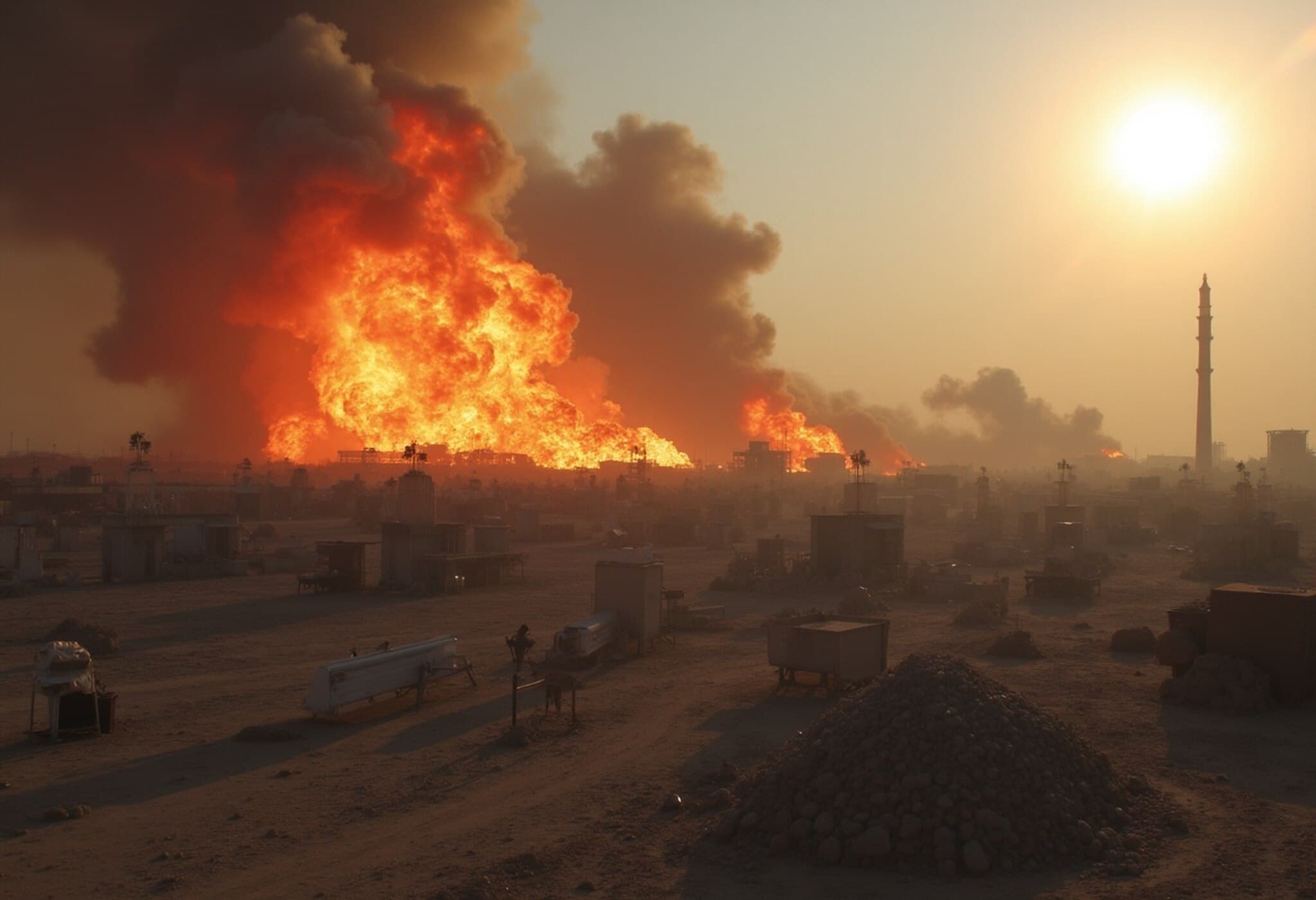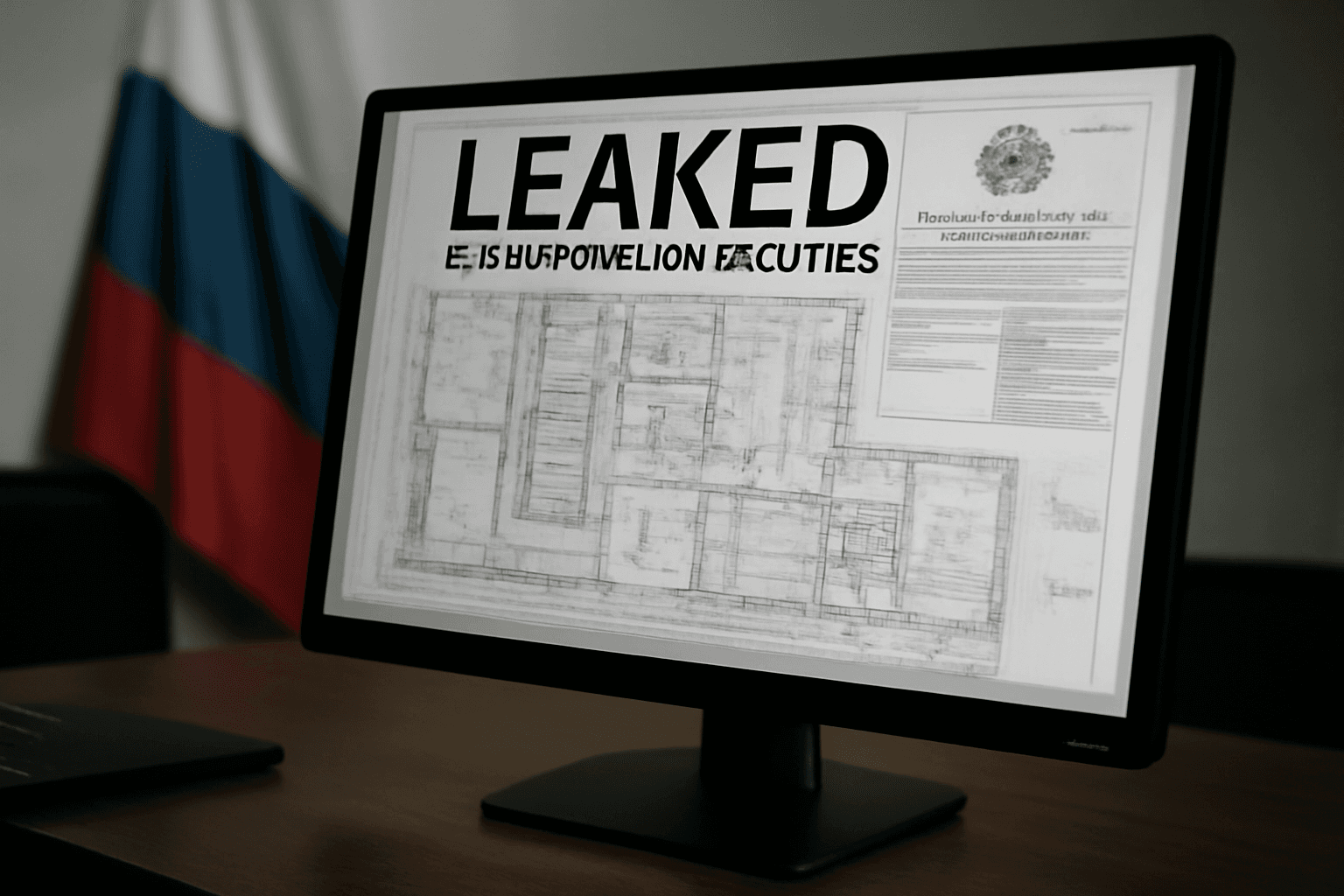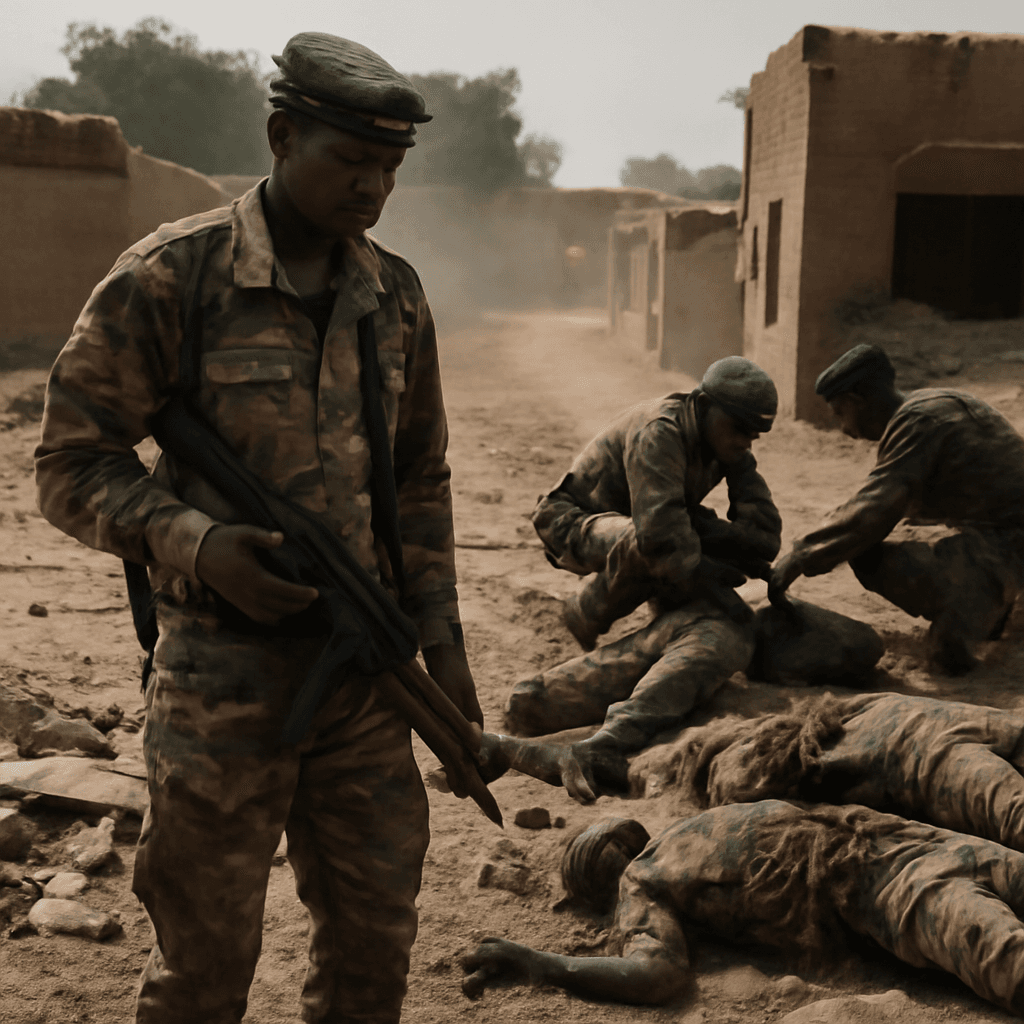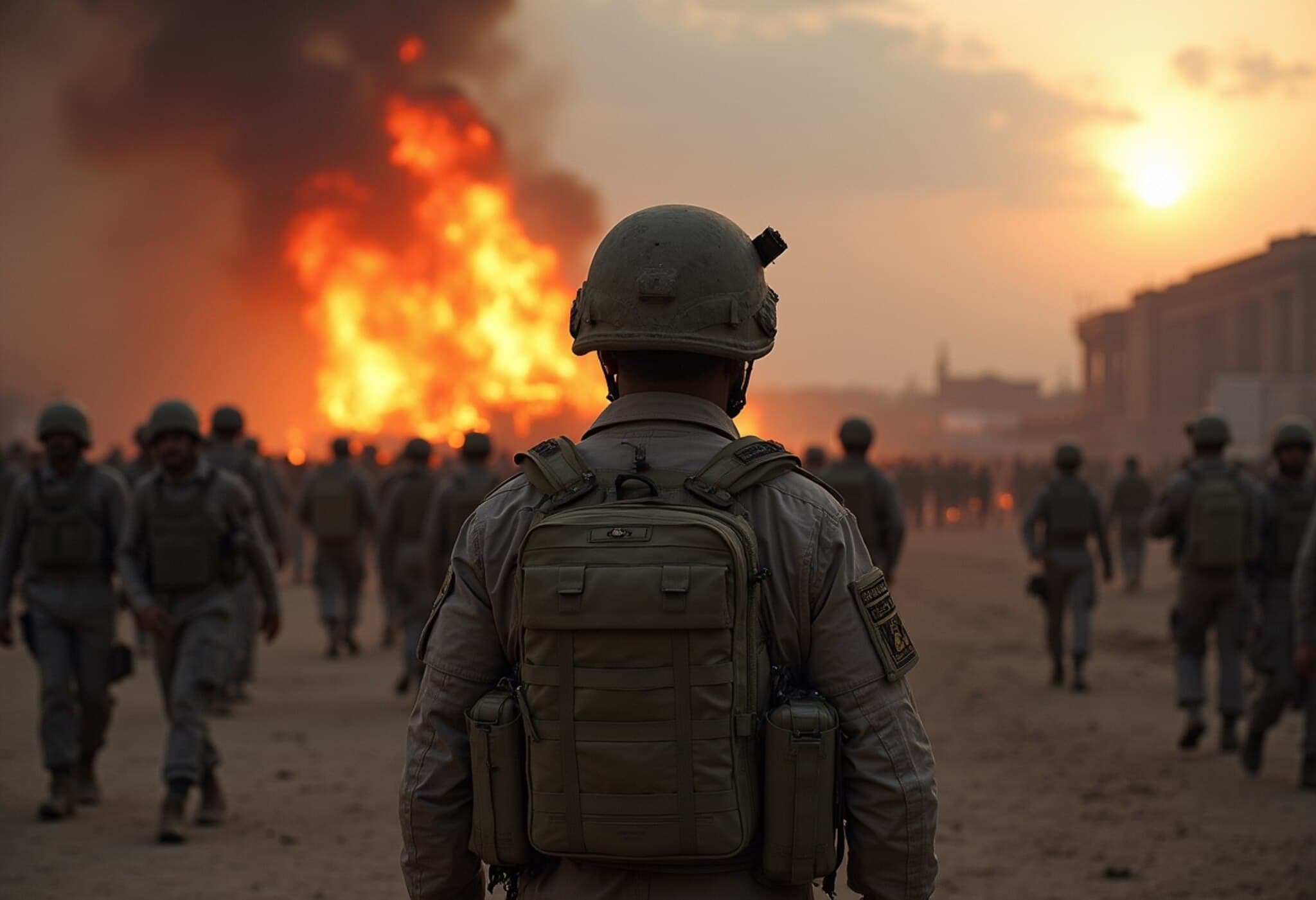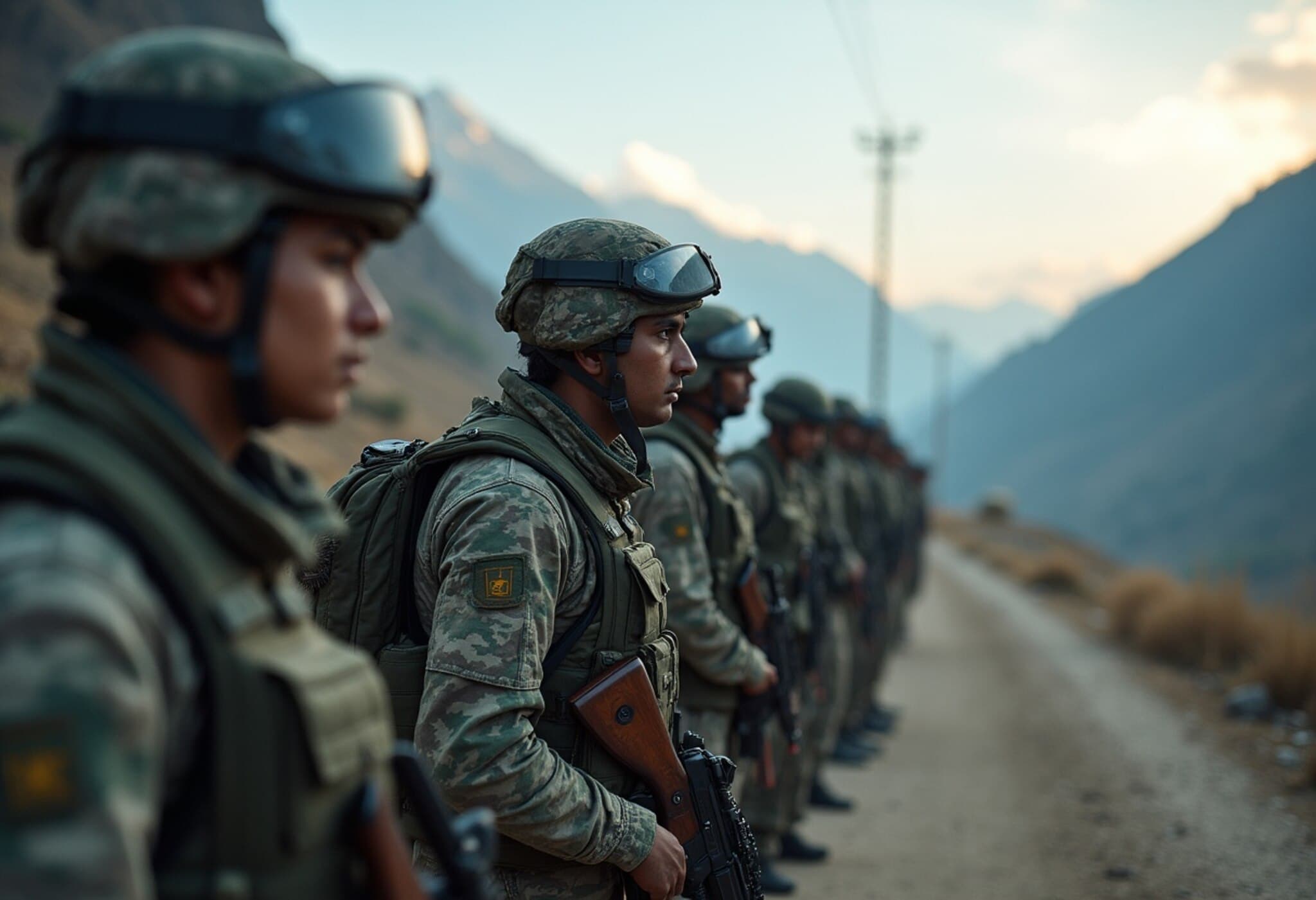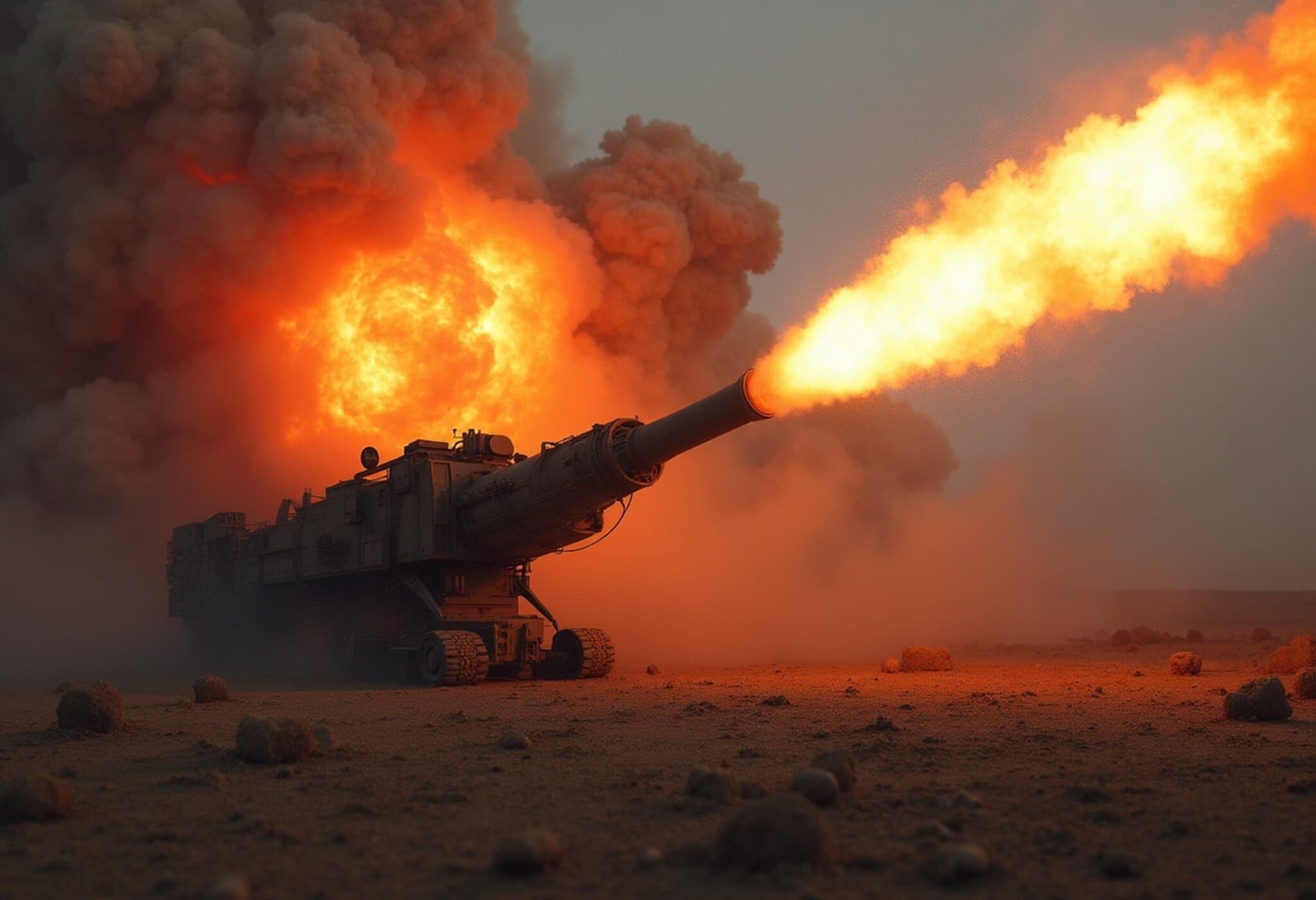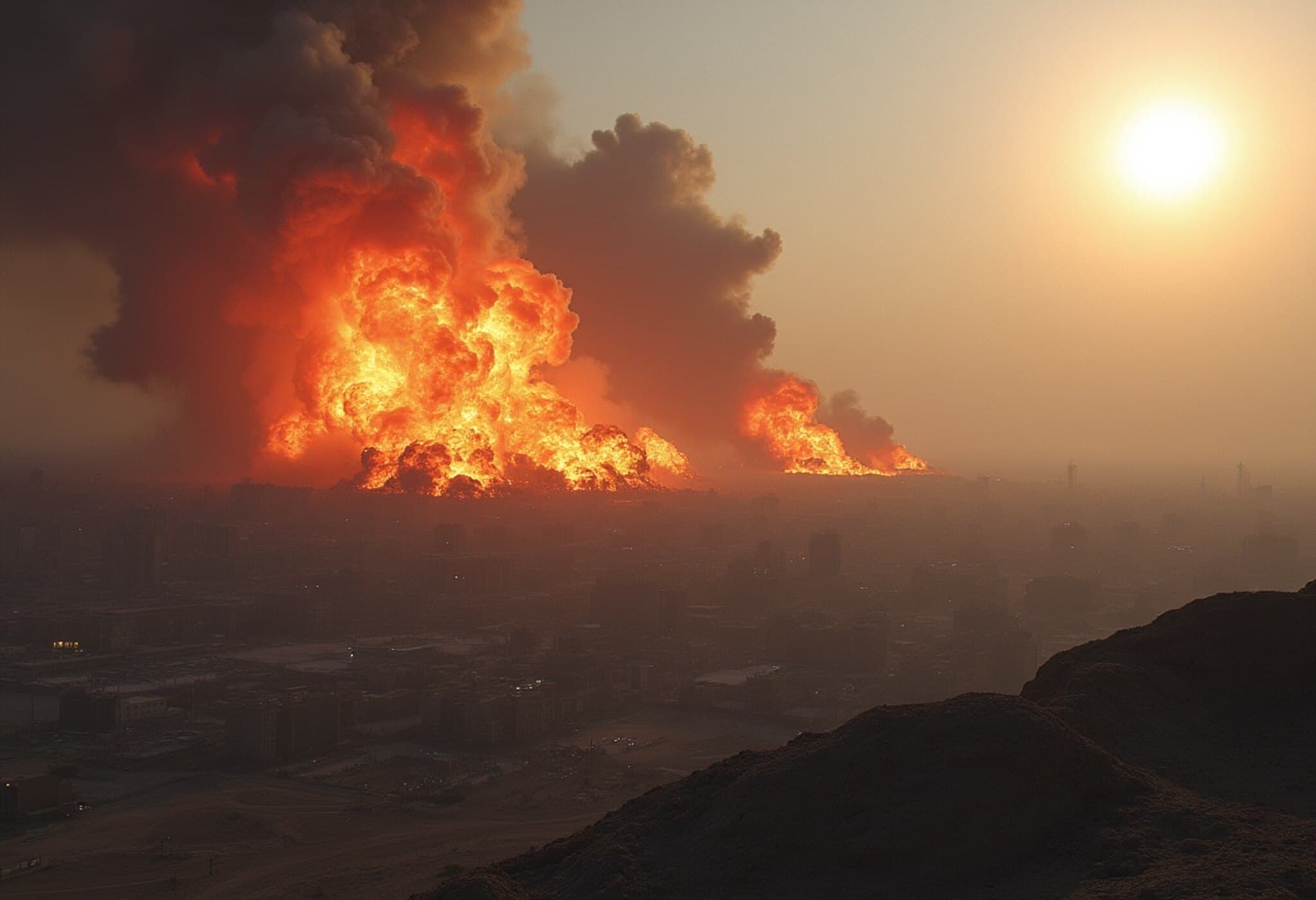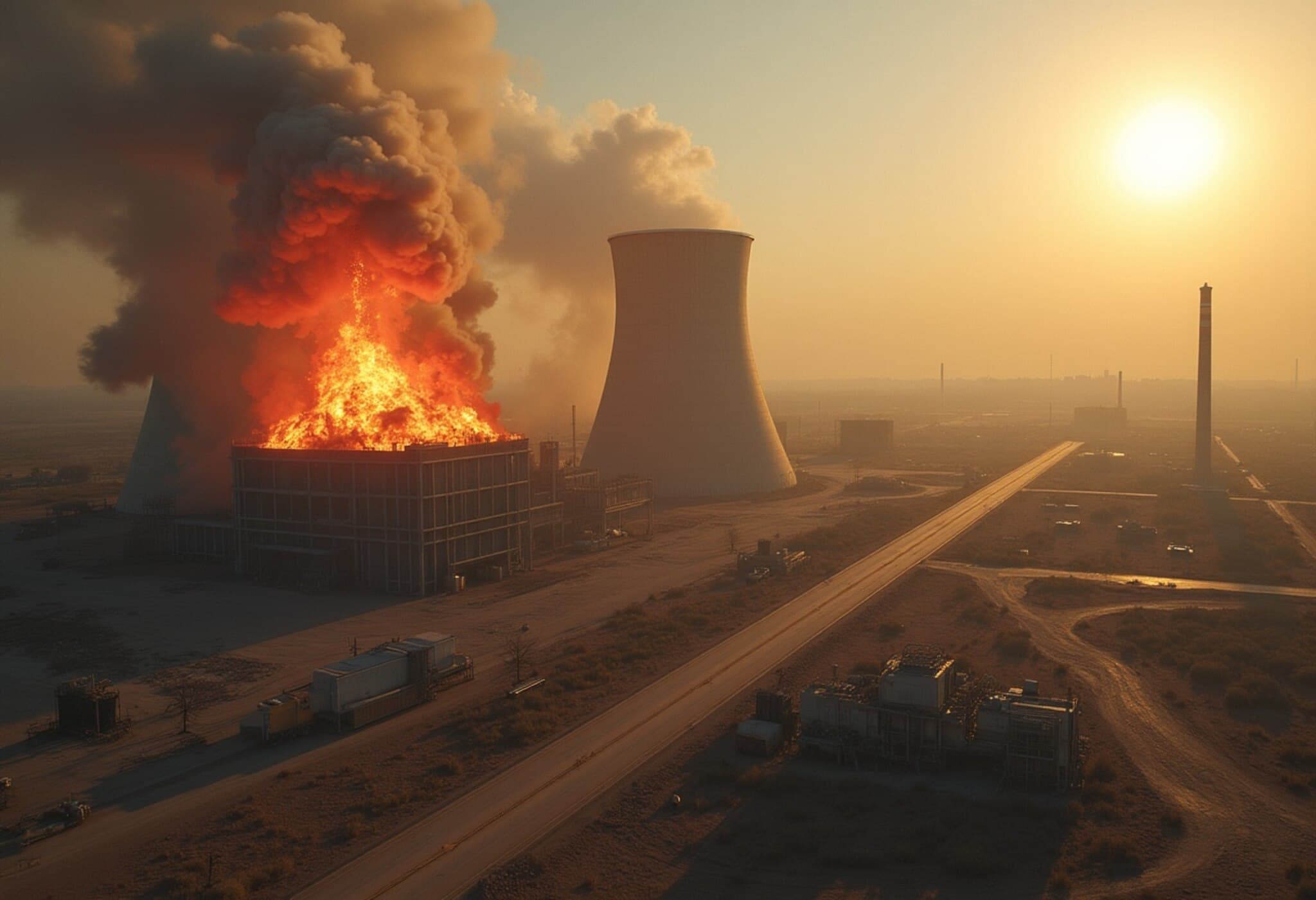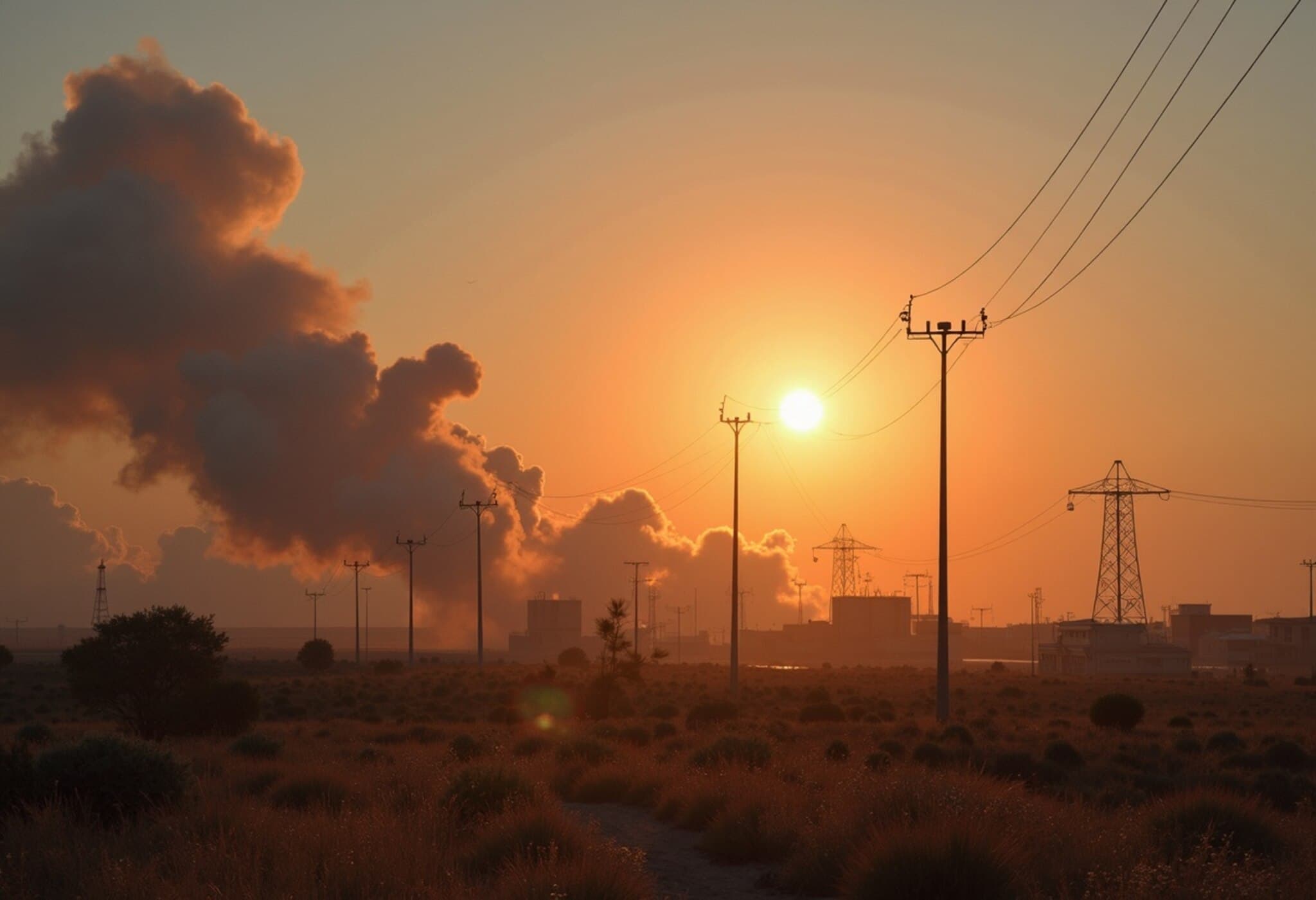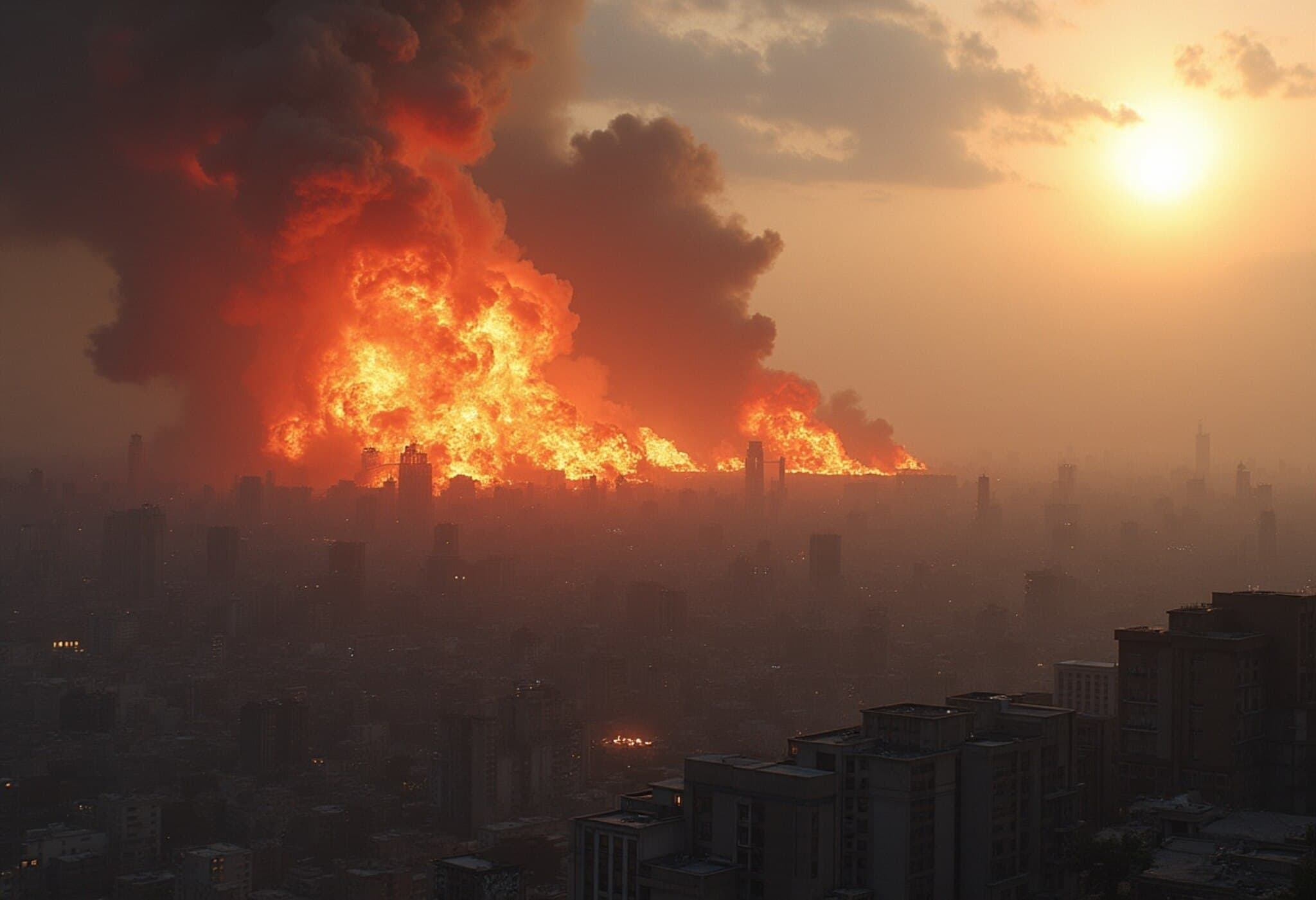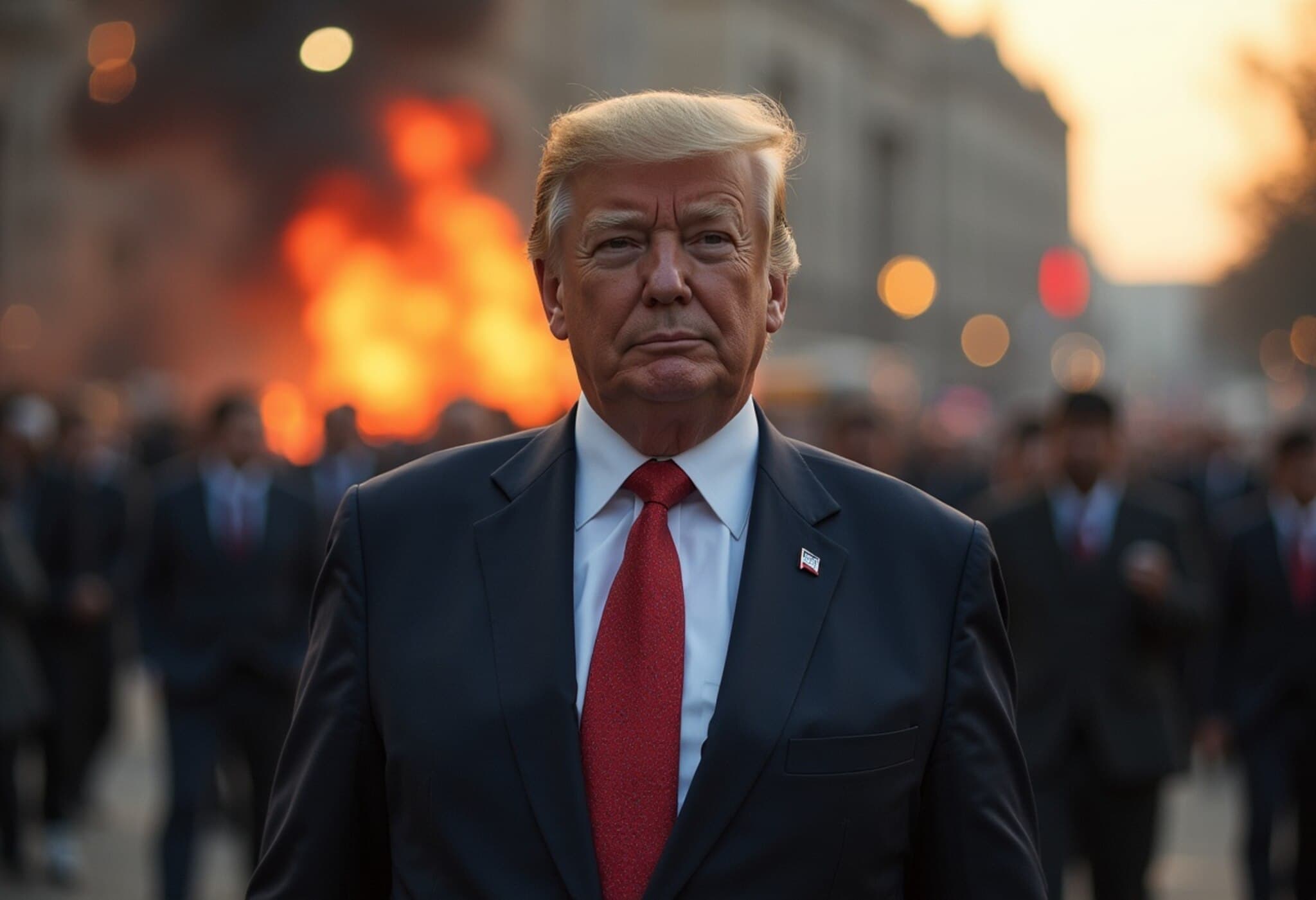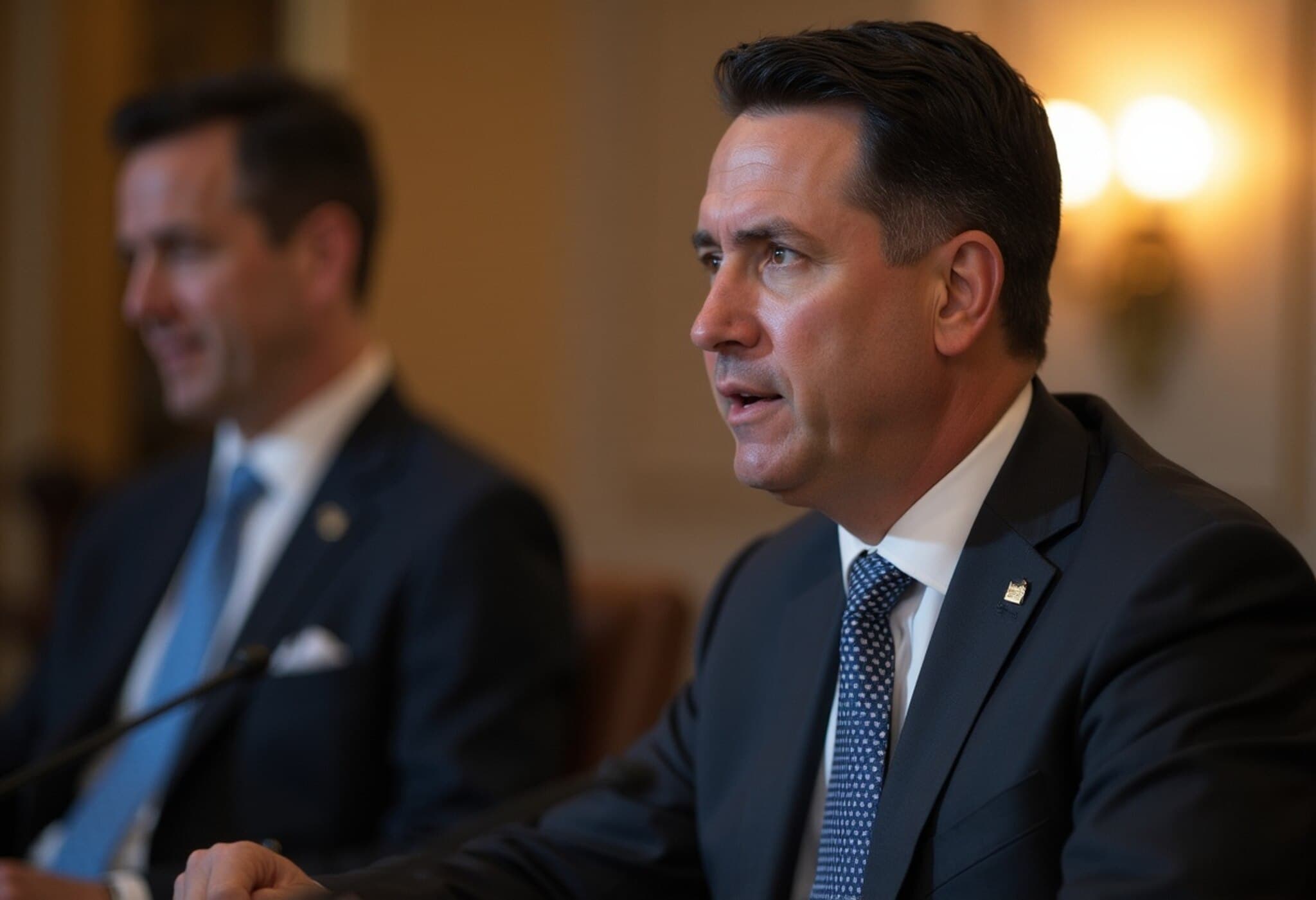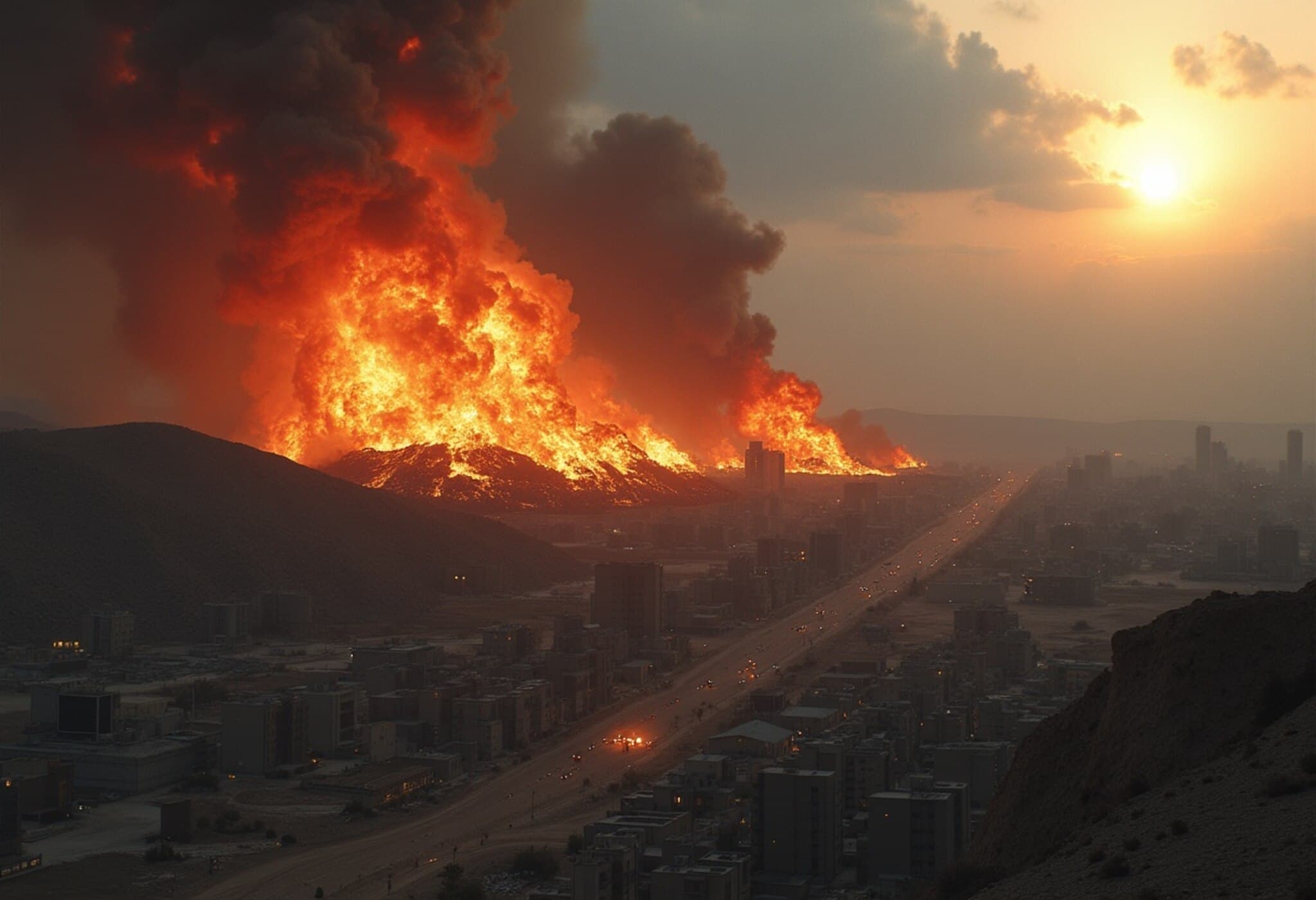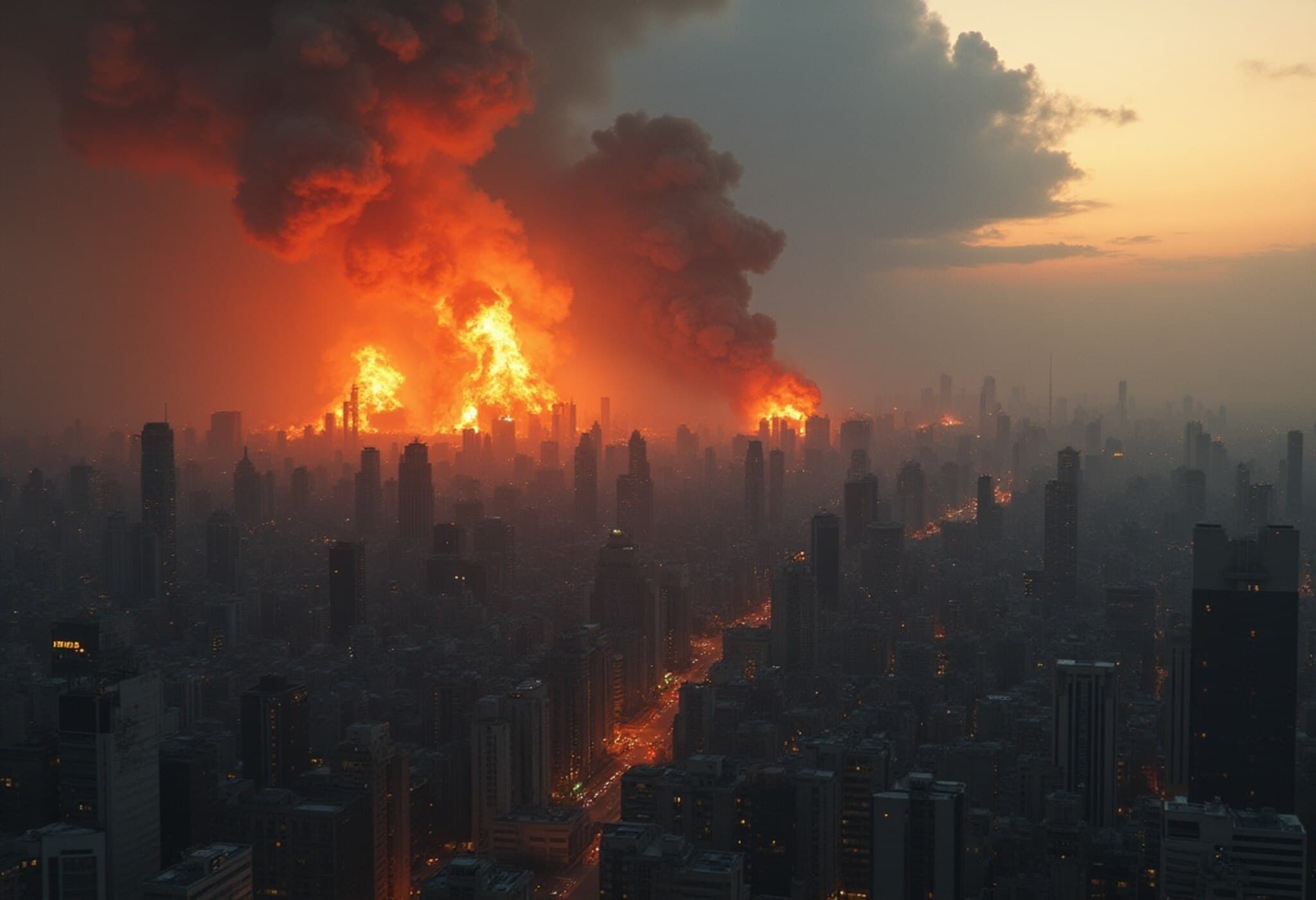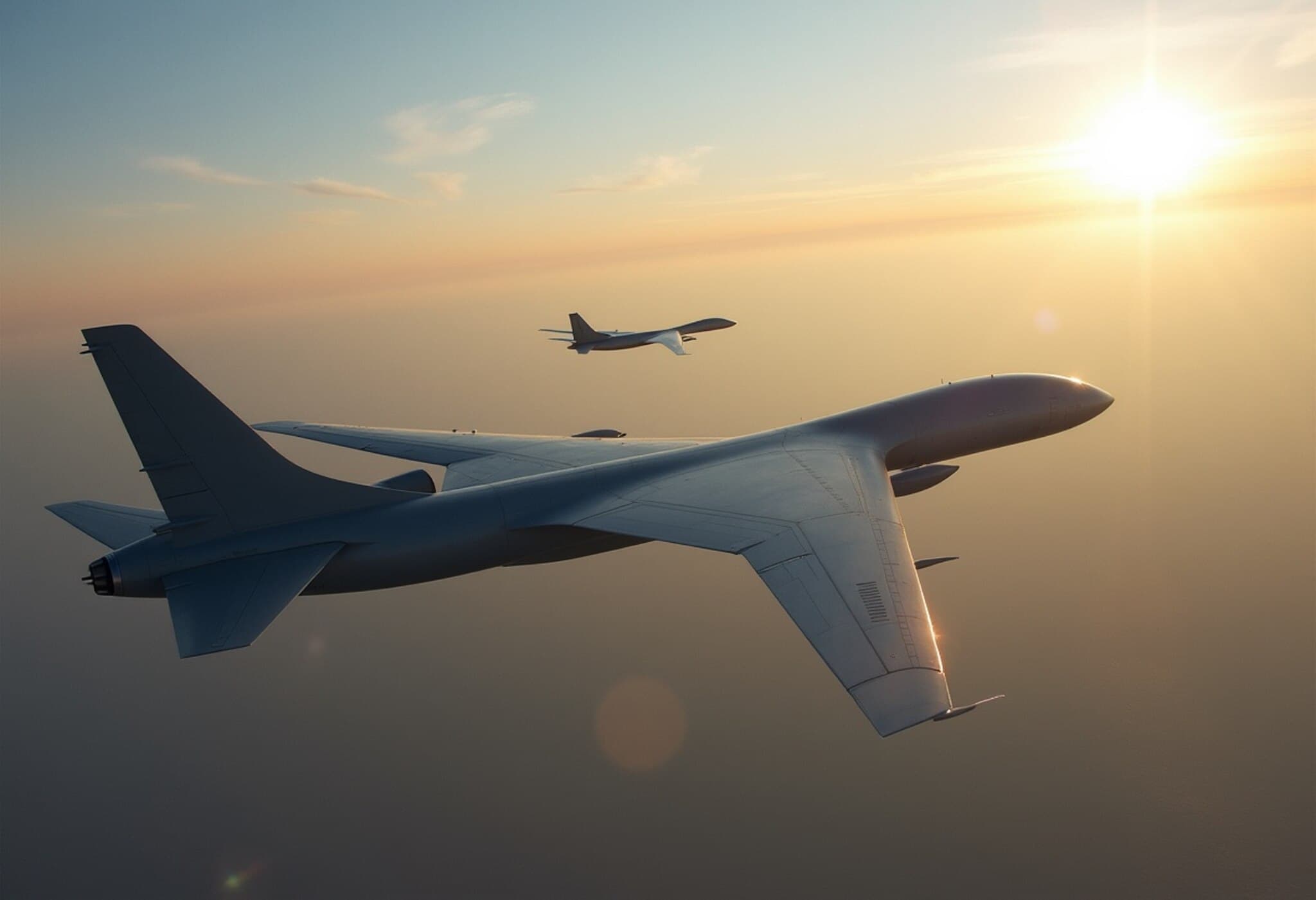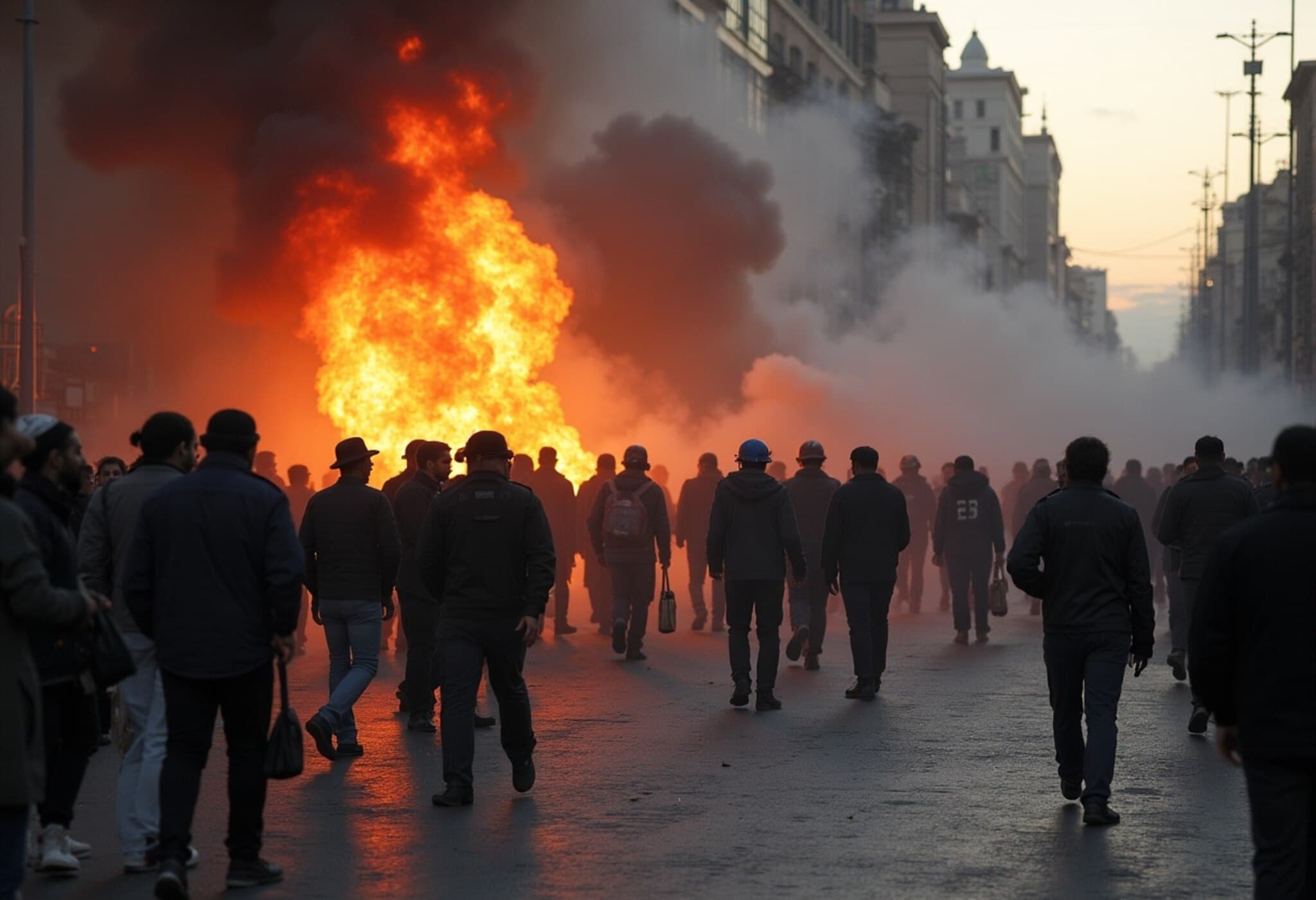US Strikes Iran’s Nuclear Facilities: Bold Move or Double-Edged Sword?
In a daring midnight operation, the United States targeted three critical Iranian nuclear sites—Fordow, Natanz, and Isfahan—using B-2 bombers armed with Massive Ordnance Penetrators (MOPs). While the strikes were initially celebrated as a decisive blow to Tehran's declared nuclear ambitions, the aftermath reveals a far more complex and uncertain picture.
Satellite images reveal new craters and potential tunnel collapses at Fordow, though no confirmed damage has been reported to the underground uranium enrichment halls. Damage assessments at Natanz remain inconclusive, with prior surface-level strikes by Israeli forces already partially impairing infrastructure. The most notable destruction seems centered at Isfahan, yet intelligence suggests Iran may have already shifted uranium stockpiles away from harm's way.
US leadership praised the operation: President Donald Trump described it as a "spectacular military success," asserting that the targeted sites were "totally obliterated." Defense Secretary Pete Hegseth emphasized the precision of the strikes, noting civilian casualties were avoided. However, underneath this apparent victory lies a mounting concern over the diminished ability to monitor Iran’s nuclear material going forward.
Challenges Loom for Nuclear Monitoring Agencies
The International Atomic Energy Agency (IAEA), tasked with meticulous oversight of nuclear materials worldwide, now faces significant obstacles. Its capability to track Iran’s uranium stockpile, particularly the approximately 9,000 kilograms of enriched uranium—among them nearly 410 kilograms enriched to 60% purity—is severely compromised.
Experts caution that tracking the exact balance of uranium has become highly problematic. Inspectors recently admitted losing track of Iran's highly enriched uranium cache, partially blaming ongoing Israeli military disruptions. This stockpile, once verified at the Isfahan facility, holds enough fissile material to produce up to 10 nuclear warheads if covertly processed. Given its compact storage, fitting into a mere 16 containers, it is believed the material may have been moved to undisclosed locations, further cloaking Iran’s nuclear activities.
Remaining Strengths and Potential Responses
Despite physical damage to some facilities, Iran’s nuclear program remains widely dispersed across fortified sites backed by a skilled workforce numbering in the thousands. The country’s technical expertise and undeclared centrifuge stockpiles have so far endured intact.
Nuclear analysts emphasize that such expertise cannot simply be erased, especially given the deep institutional knowledge accumulated over years. Rather than immediate retaliation, it is anticipated that Iran might pursue a calibrated response—possibly targeting Israeli or Gulf assets symbolically—to signal resilience without escalating into full-scale conflict with the United States.
What Lies Ahead?
The complexity introduced by targeting these nuclear facilities poses new strategic puzzles. While the immediate disruption may appear advantageous, the loss of reliable oversight increases uncertainty and risk surrounding Iran’s nuclear trajectory. This unfolding situation demands careful international scrutiny, as missteps could inadvertently accelerate nuclear proliferation rather than contain it.

